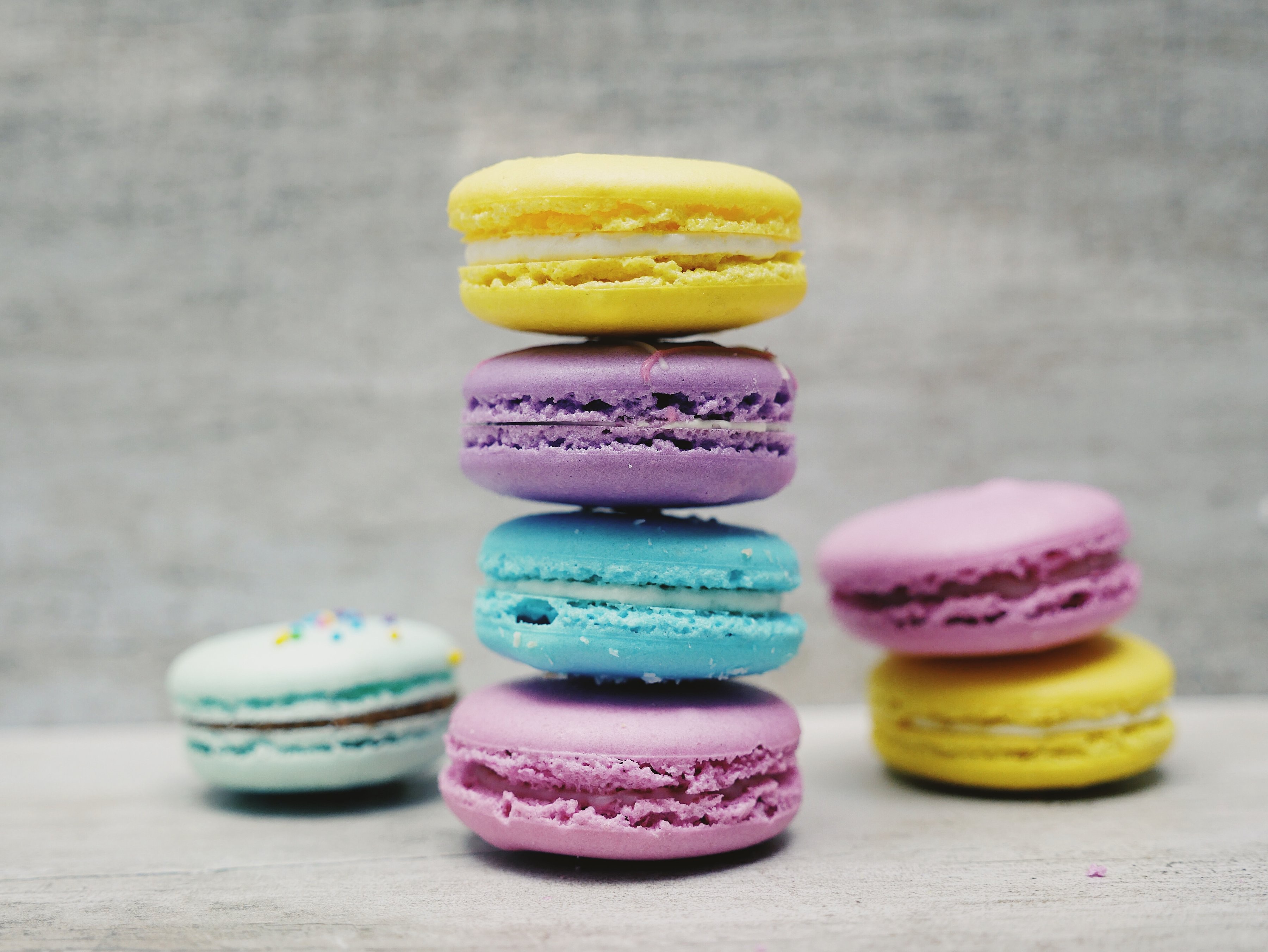If you’ve ever tried to make or break a habit you’ll know that it’s less than easy. The key? Understanding the science of habits. Once you’ve cracked the habit code, you can begin to manipulate it to create the kind of habits that you can be proud of. Welcome to the habit loop.

There are good habits and not so good habits. If we had to think about every single action we took we’d be using a huge amount of cognitive bandwidth, overloading our cerebral cortex. Our brain sifts and sorts, passing habits to the basal ganglia, freeing up the clever pre frontal cortex for more complex tasks.
The Habit Loop
Discovered by MIT research teams, the habit loop breaks down our autonomic responses to the world around us. Habits happen when we stop thinking about what we’re doing, when we’re no longer mindful about our actions. This is our default network mode. It’s where our brain goes when it has nothing to occupy it. It’s when we switch onto automatic pilot. No recollection of that chapter you’ve just read? Can’t remember eating that packet of cookies? Don’t know where the last hour went as you scrolled through social media? Nodding your head with no idea what the person in front of you has just said? That’s autopilot, my friend. The opposite of mindfulness, of being present in the moment. The habit loop is the series of stages that your brain skips through when you engage in a habit. Every habit is formed of a
- Cue
- Routine
- Reward
Let’s break that down.
The Cue. This is the trigger that alerts your brain to choose a routine from it’s database of stored routines e.g. you arrive home from a hard day at work. Mindfulness will help you to dig deep and discover the real cue behind your habit.
The Routine. This is the behaviour that follows on from the cue. It can be mental, physical or emotional. e.g. as you arrive home from that hard day at work you switch the TV on.
The Reward. This is the positive reinforcement provided by your brain. It takes stock of each action and decides whether it’s worthy of repetition e.g. you get home after a hard day, turn the TV on and put your feet up. Your brain decides it feels good to rest. It’s when we rest for too long that we start to develop the kind of habits we might want to change. If you find yourself in front of the TV hours later, that habit has become ineffective, only our brain doesn’t realise. Or maybe you bite your nails, a stressful event is the cue and nibbling away lowers your stress levels, that’s the reward.
There are some habits you might decide that you want to reinforce, for example, regular exercise or good nutrition. So, how do you disrupt the habit loop?
Got some irksome habits you’d rather not have? Don’t we all? Charles Duhigg, creator of ‘The Power of Habit’ offers this diagnostic framework to change or reinforce habits.
- Identify the Cue. Bring your awareness to the habit. When you notice that habit starting to creep up on you, bring yourself to the present moment and ask yourself;
- What time is it?
- Where are you? Who else is around?
- What did you just do?
- What emotion are you feeling?
Apply mindfulness to these questions. What do you notice? What’s going on for you? Bring a gentle curiosity to the habit without judging it. Notice what’s here. When you begin to notice a pattern with the habit, bringing your awareness to something that remains the same each time you have the urge to begin that habit, this is the cue. Congratulations, you’ve mindfully completed step 1.
2. The Reward. This is where you try to work out what craving your habit is satisfying. If it’s a smoking break, substitute it for something else i.e. taking a walk. Craving satisfied? Yes, then the craving was for a break. Your craving is still there? Experiment with rewards, try a coffee instead and see if that works. Sometimes we need to dig around with the rewards for a while before we can successfully short circuit our old habits with something new that will satisfy that urge.
3. The Routine. Once you’ve successfully identified the cue and the reward you can get to work on designing a new routine. Research shows that the quickest way to change a habit is to have a plan.
When __________ (cue from step 1), I will _____________ (routine) because it
provides me with __________ (reward from step 2)
Habit Loop Hacks
Habits take time to change or reinforce, so be compassionate towards yourself. Extend the same kindness as you would to a friend attempting to change their habits. If you fail, learn from it and apply growth mindset strategies using the learning information that you gather. Head on over to www.positivechangeguru.com to access a free growth mindset toolkit.

